Evidence-Based Practice EBP107: Assessment 2 Journal Article Summary
VerifiedAdded on 2022/08/30
|6
|736
|19
Report
AI Summary
This report is a comprehensive journal article summary for the EBP107 Evidence-Based Practice course, focusing on a chosen research article from a selection provided. The assignment requires the student to analyze the chosen article, addressing specific questions regarding the study's background, aim, methodology, participants, design, outcomes, clinical implications, and ethical considerations. The student must demonstrate an understanding of research methodologies, including study designs such as randomized controlled trials, and systematic reviews, as well as the hierarchy of evidence. Furthermore, the assignment requires the student to locate and summarize another research article, demonstrating the ability to search for and critically evaluate relevant healthcare research. The report showcases an understanding of key components of good quality research evidence and provides an opportunity to assess these features within the context of evidence-based practice and research methodology. The assignment aims to improve the student's ability to critically analyze and summarize research articles in healthcare, providing a valuable resource for other students on Desklib.
1 out of 6
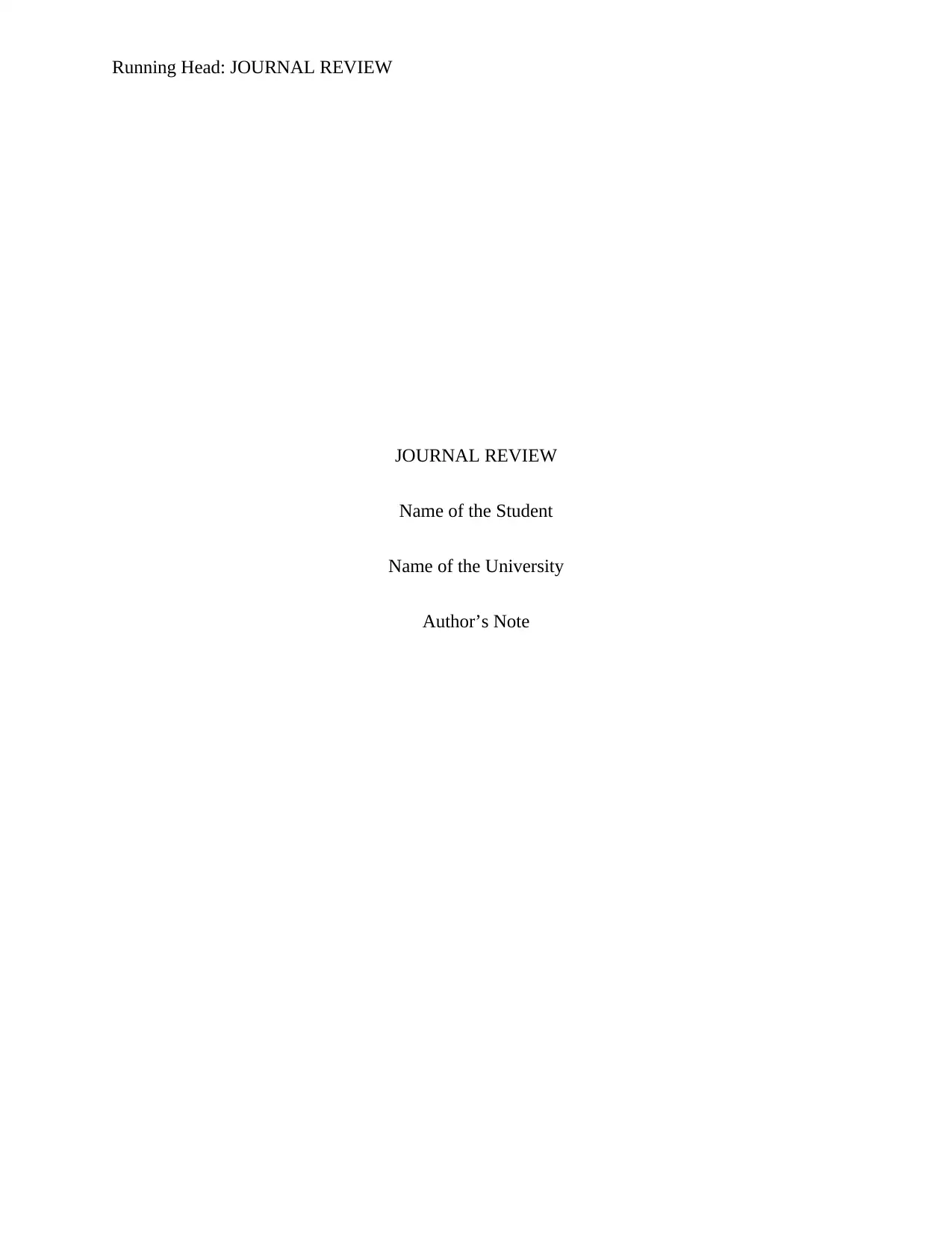
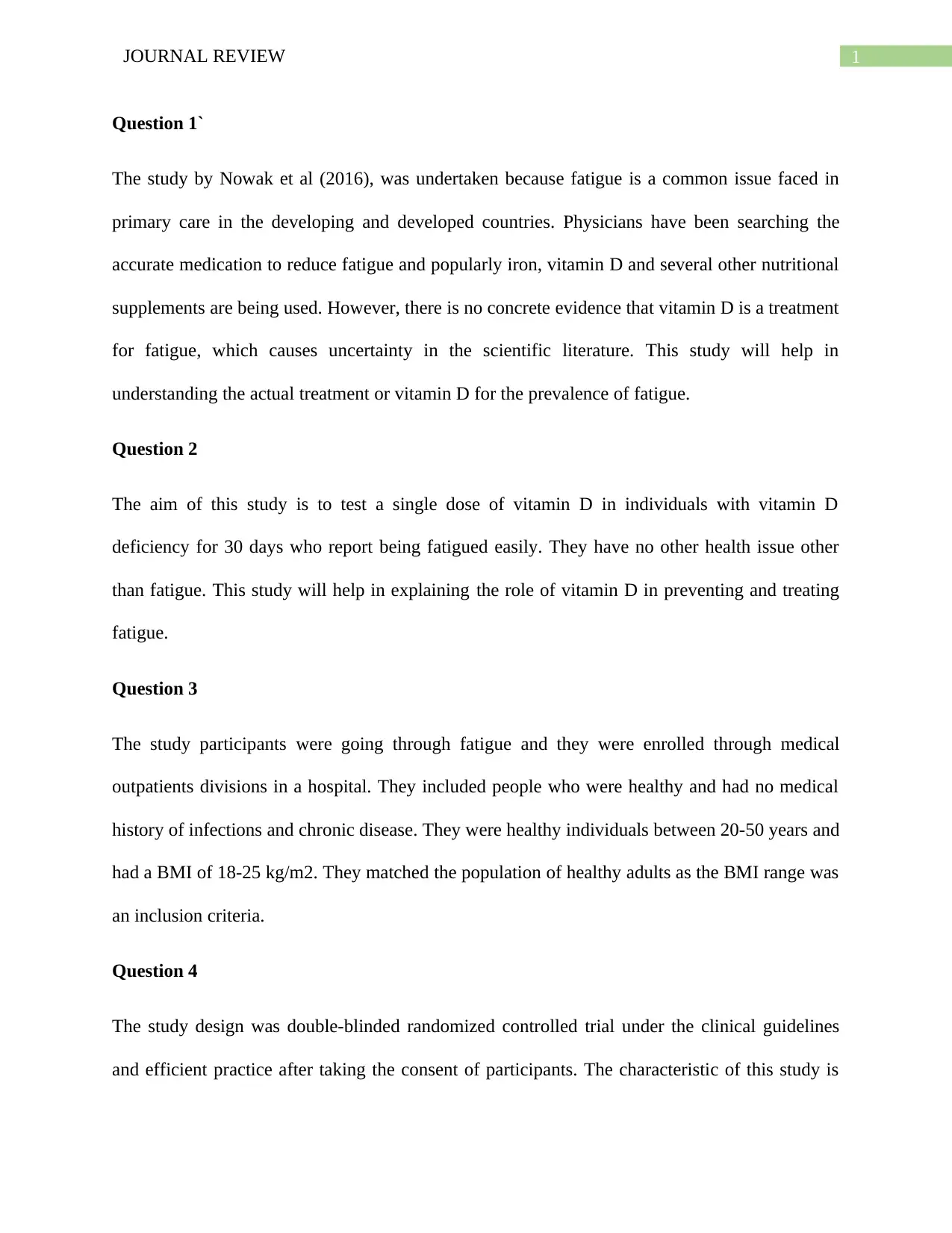
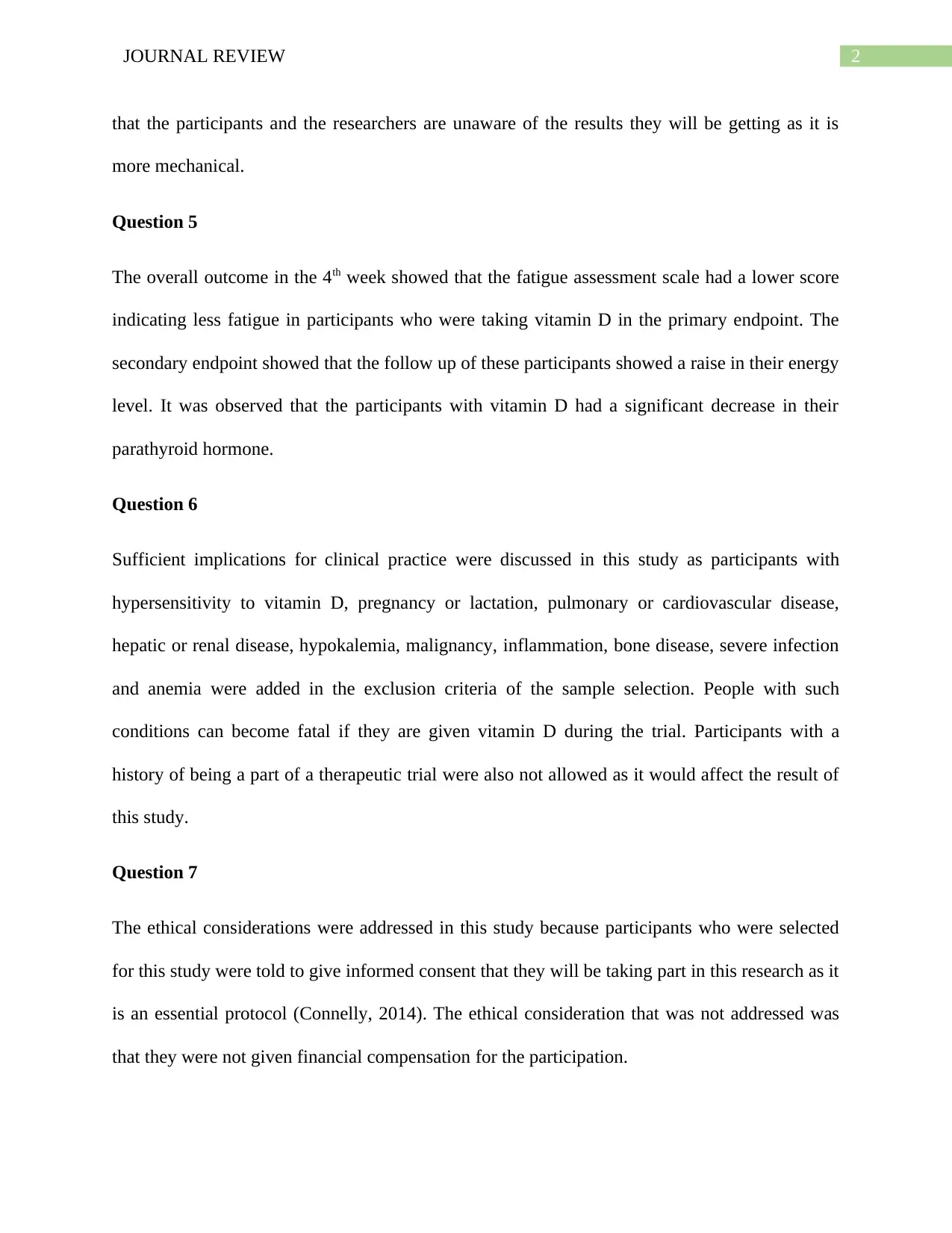

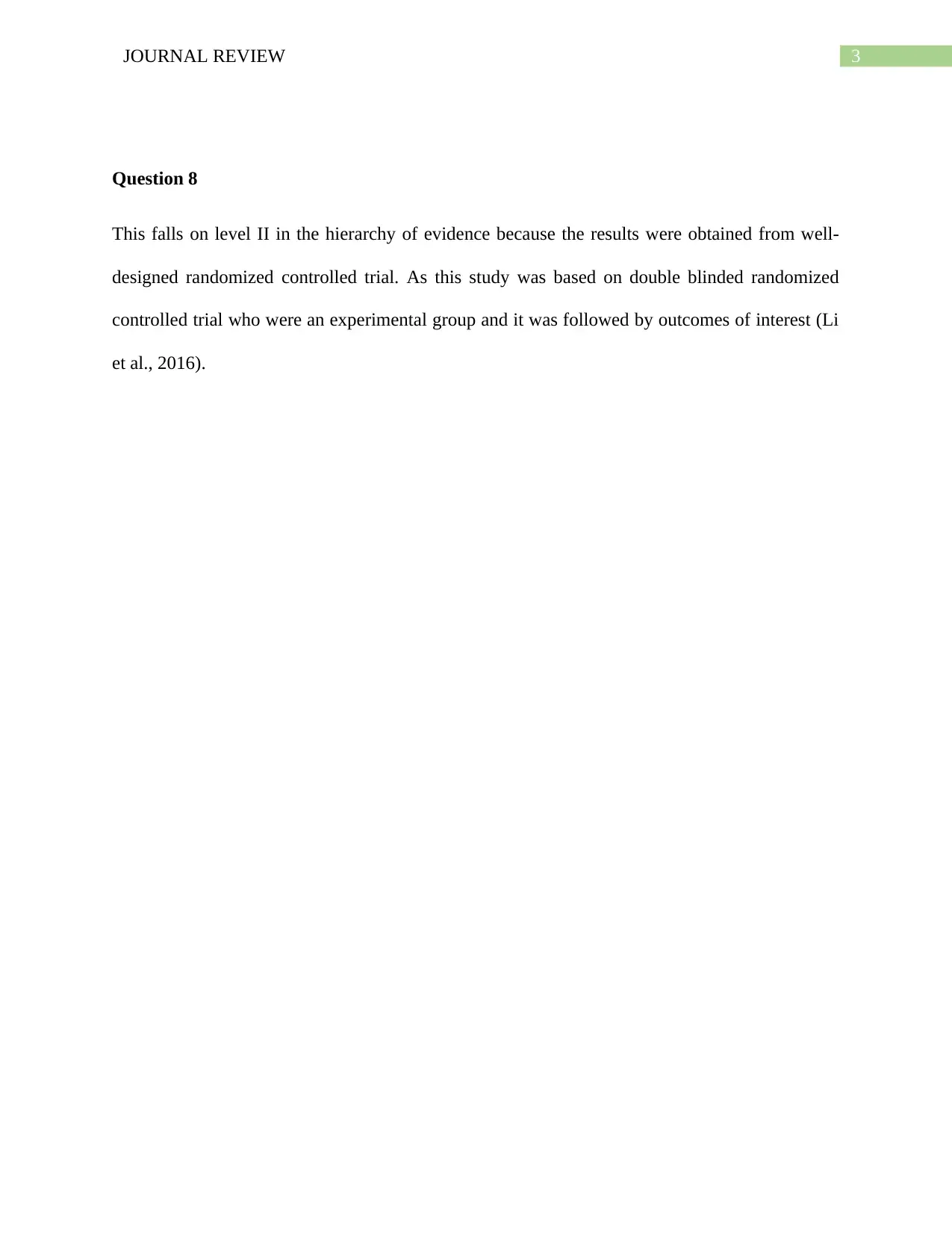
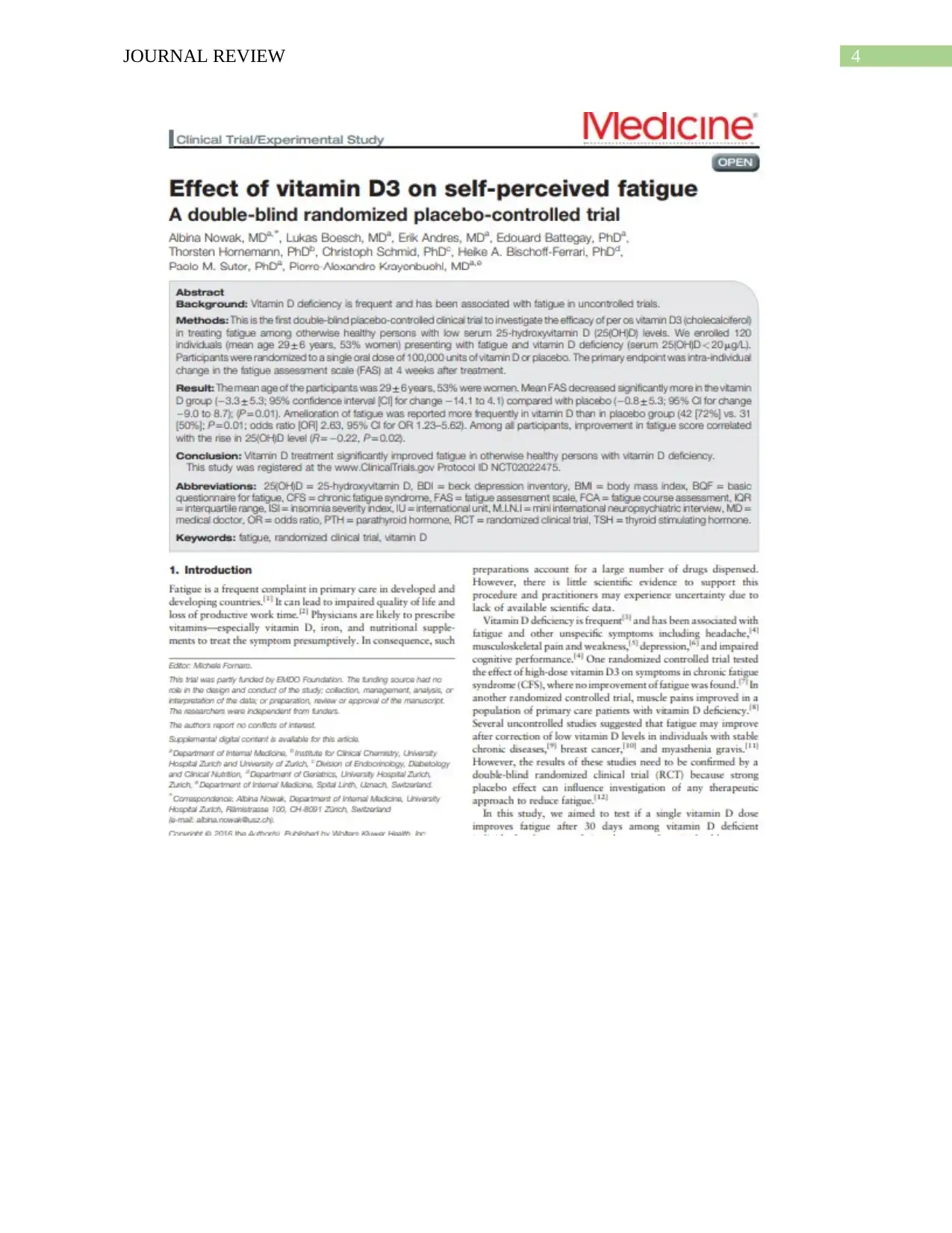
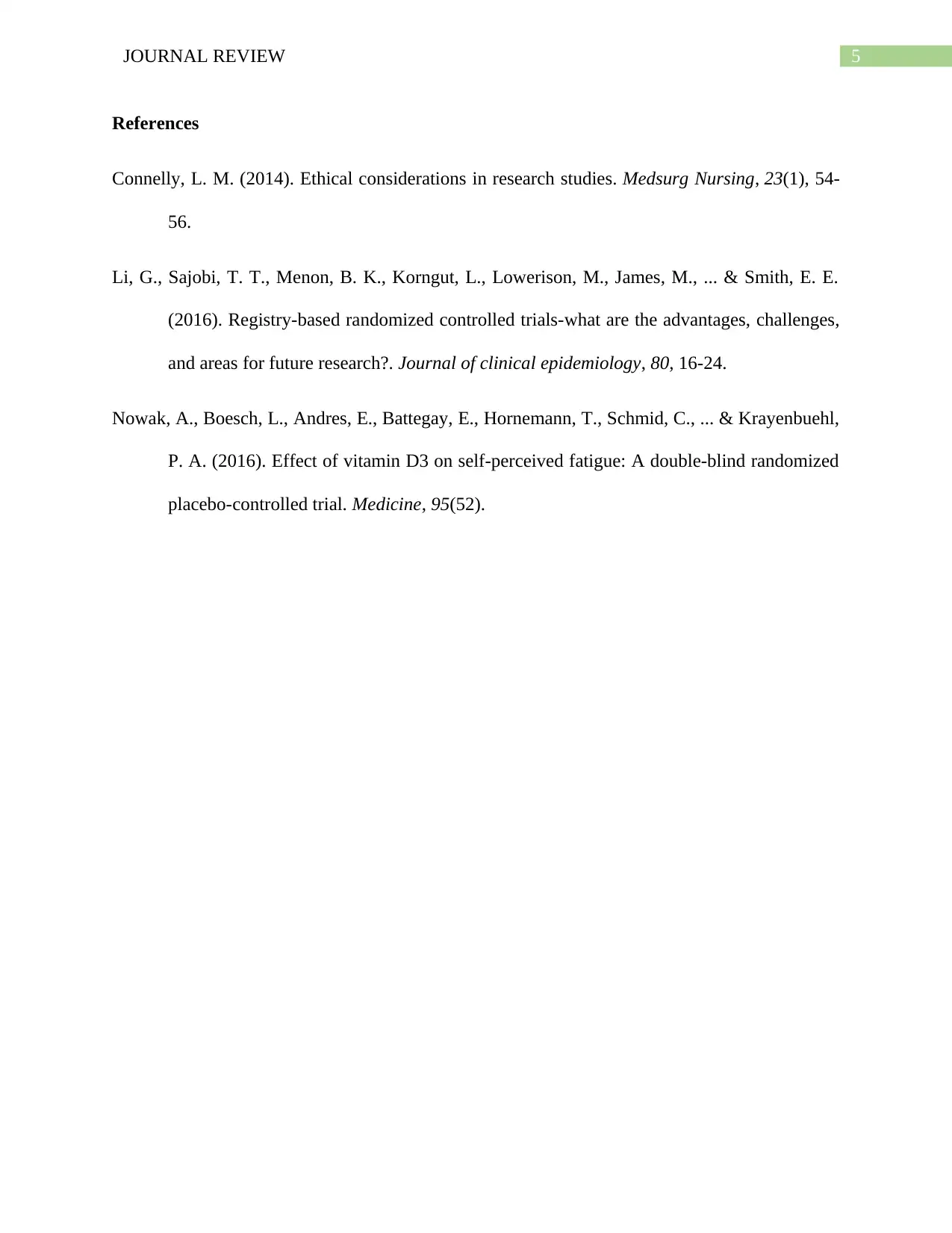






![[object Object]](/_next/static/media/star-bottom.7253800d.svg)